The International Partnership for Nuclear Disarmament Verification (IPNDV) convened its most recent working meeting in Budapest, Hungary from September 4-8, 2023.
The Partnership currently uses four-working groups to progress work on different areas of disarmament verification: the Limitations Working Group (LWG) is exploring verification options for a notional country limiting its arsenal of nuclear weapons to a maximum of 500; the Reductions Working Group (RWG) is exploring verification options for a notional country reducing its arsenal of nuclear weapons from 500 to zero; the Concepts Working Group (CWG) is exploring cross-cutting conceptual issues associated with the limitation and reduction scenarios; and the Technology Track (TT) is exploring technologies relevant to the other three working groups. Throughout the week in Budapest, the four groups engaged in productive sessions, continuing work that they identified at the New Mexico working meeting in April 2023
The LWG members continued to deepen their understanding of how warheads would move around a notional country called Ipindovia that is limited to 500 warheads. They also considered overall deployment postures and submarine bases. Participants then brainstormed inspection approaches at the central storage site using different access scenarios, looking at how inspections would change depending upon the level of access. At the end of the meeting, the LWG considered verification strategies for assessing material moving through portal monitors and concepts of operations for various inspection activities.
The RWG spent its time discussing three topics: diversion pathways analysis; the systems approach; and the processes, procedures, techniques, and technologies (PPTTs) most relevant to the reductions scenario. Participants delivered presentations on each of the three discussion topics, and, on the final day, the group completed an exercise that examined the most important PPTTs at each stage of the scenario, informed by their earlier conclusions on possibilities for the diversion of sensitive nuclear material at various stages. The RWG also considered the utility of information barriers for the reductions scenario.
The CWG discussed a range of topics during the meeting, including a systems approach to the IPNDV’s 14 Steps; the gaps and overlap between ongoing work in the Quad Nuclear Verification Partnership and the IPNDV; potential diversion pathways across the 14 Steps; the role of information barriers in various scenarios/situations; and how different aspects of confidence influence verification. Discussion of these topics was enhanced by several presentations and exercises given by members of the group and a joint meeting with the TT to consider how, when, and where technology could be most usefully applied. The CWG’s intersessional work will continue to advance these efforts.
The TT discussed ways to increase cross-pollination with the other working groups, especially the CWG, and promote technical resource documents. Future TT efforts will include discussing applicable topics such as a systems approach; providing opportunities for technical collaboration, including the upcoming measurement campaign in Belgium; and creating technical resources for the wider IPNDV community. In that vein, during the meeting, the TT updated verification technology resource documents to reflect current technical capabilities and meet the needs described by the other working groups.
During the week, there was a joint session to facilitate discussion of issues that multiple groups are addressing. The Partners also had the opportunity to attend demonstration of chemical, biological, radiological and nuclear (CBRN) capabilities hosted by the Hungary Defense Forces, which included a presentation about the CBRN regiment, demonstration of response capabilities, and hands-on interactions with equipment.
Virtual meetings of the four working groups will continue to address and develop work identified during the Budapest meeting until the next in-person meeting in 2024.



